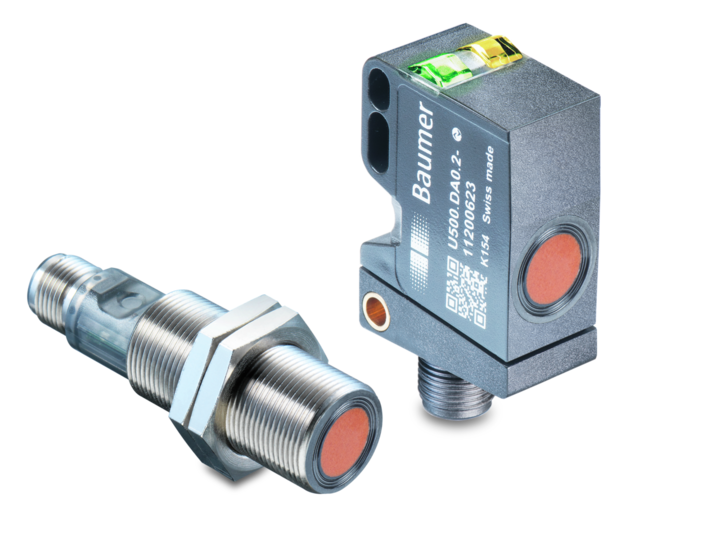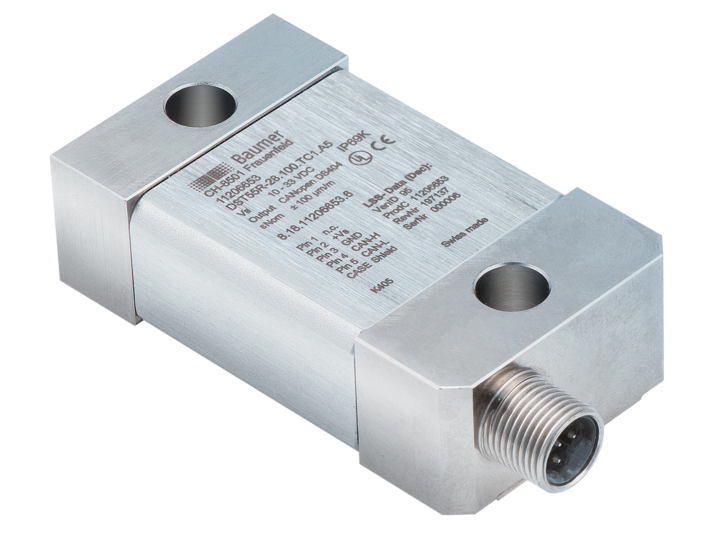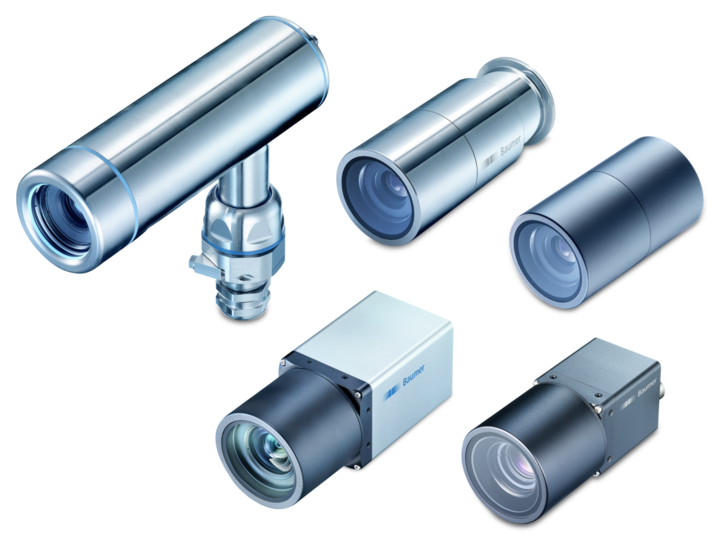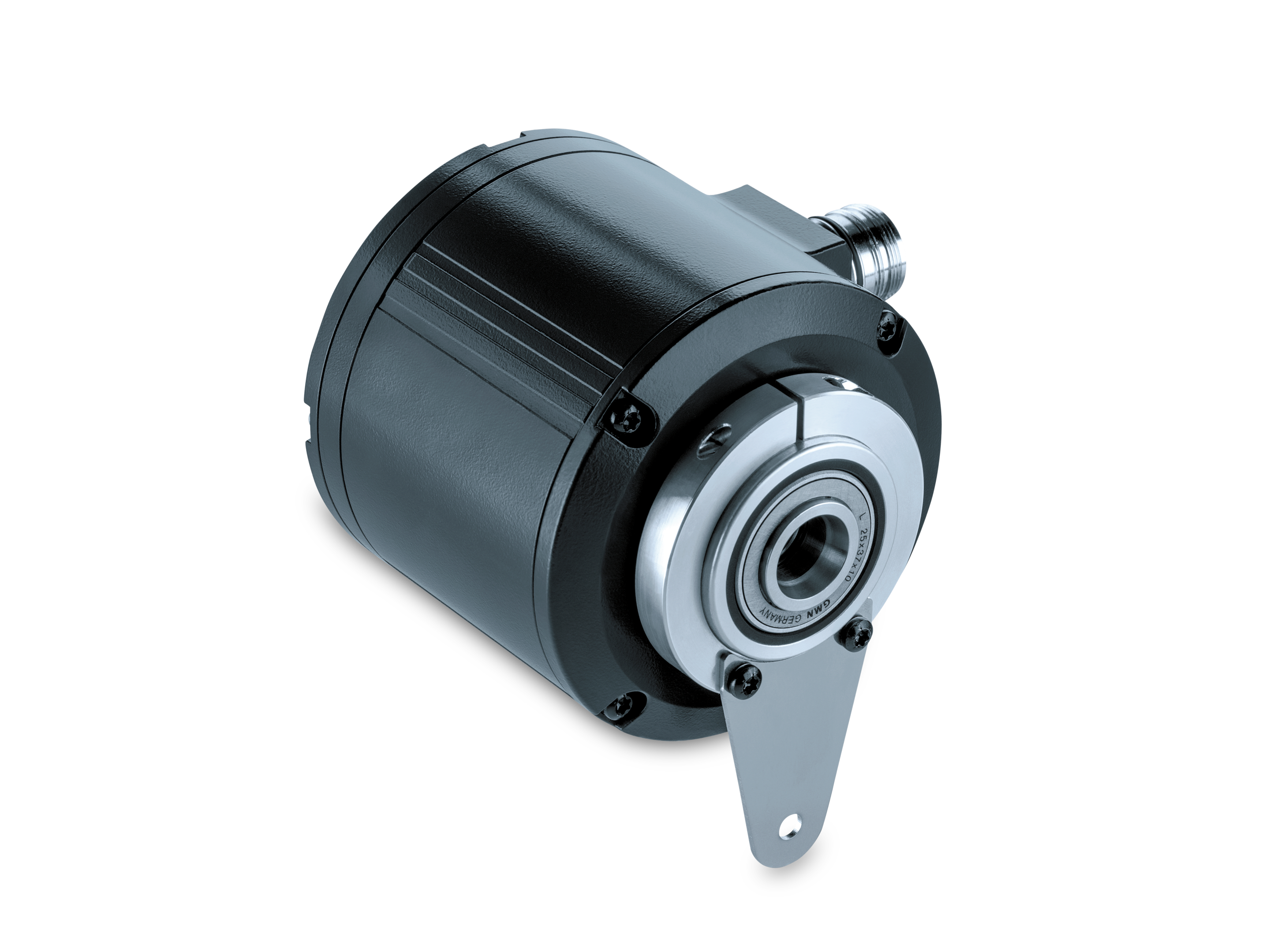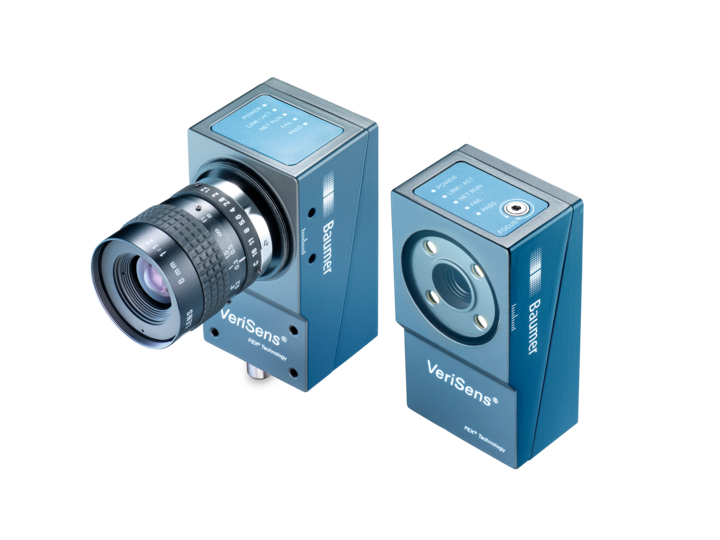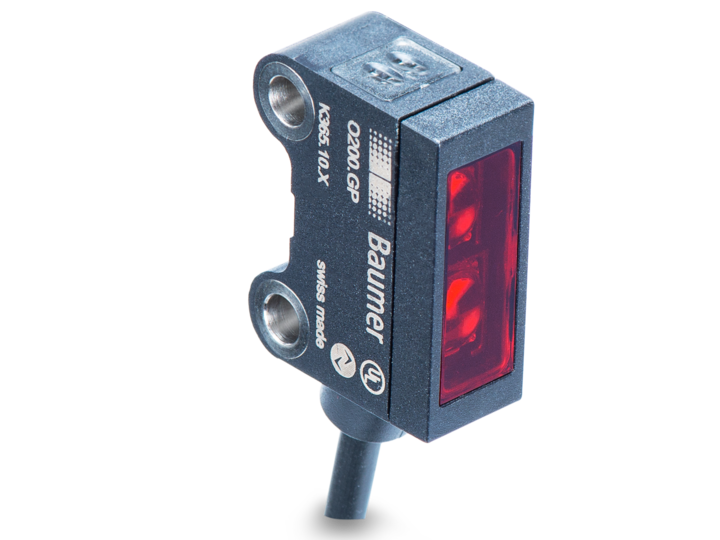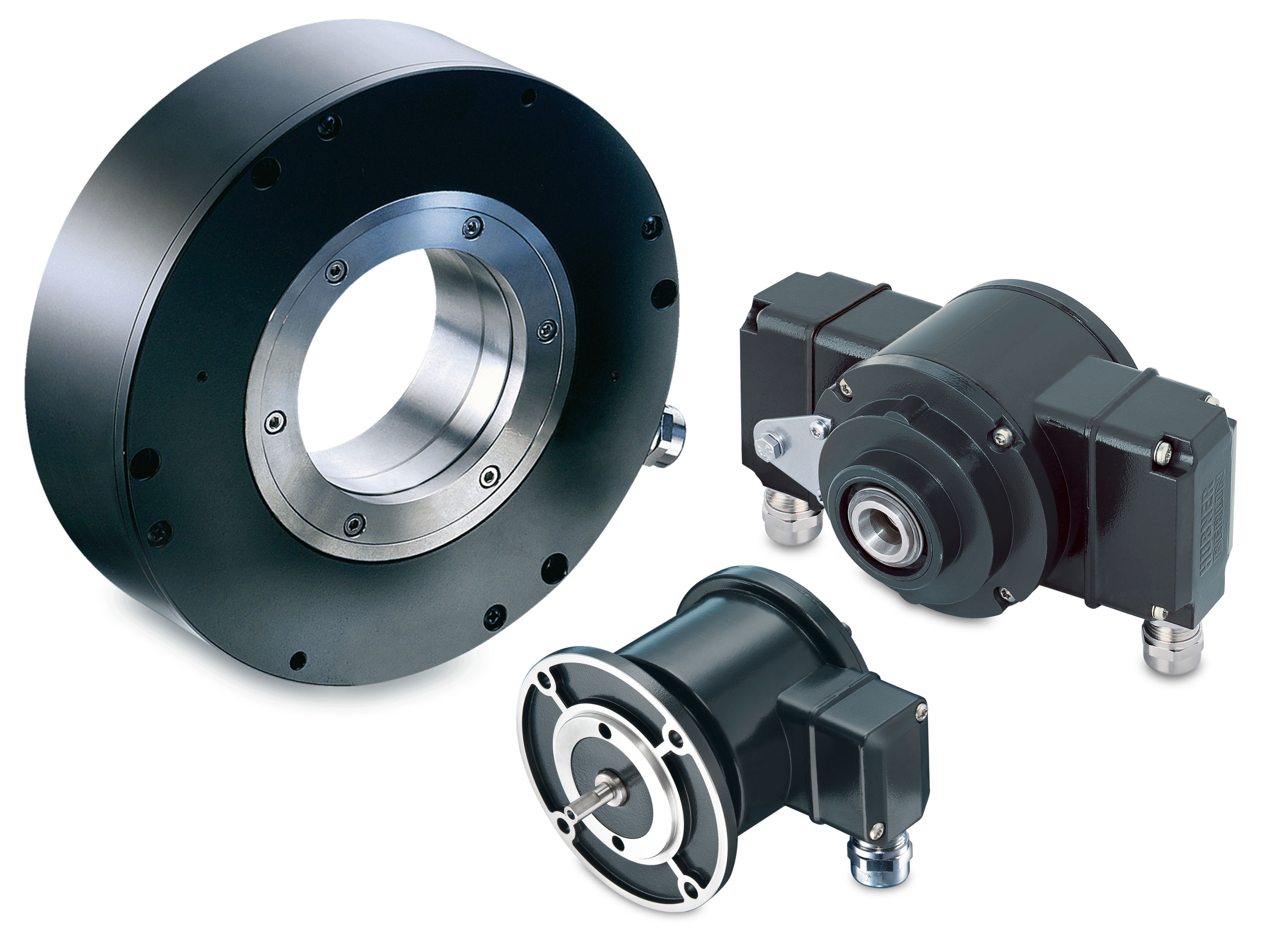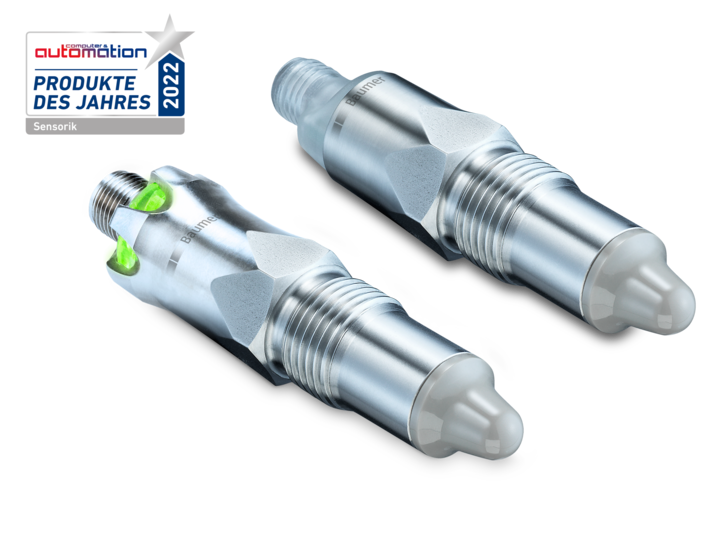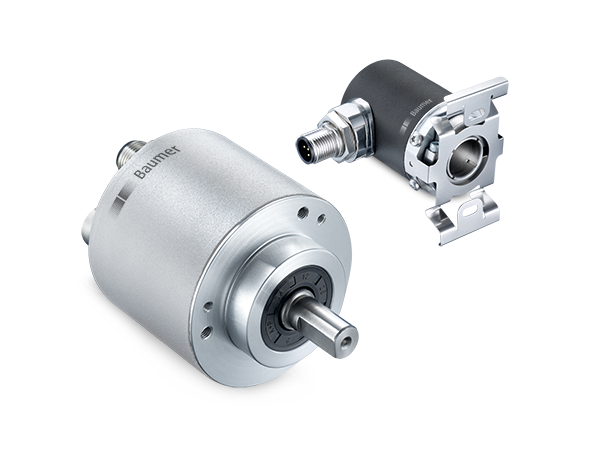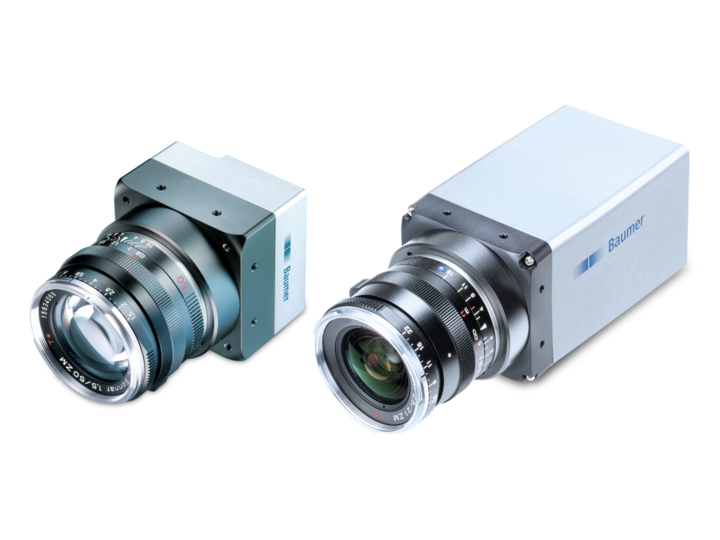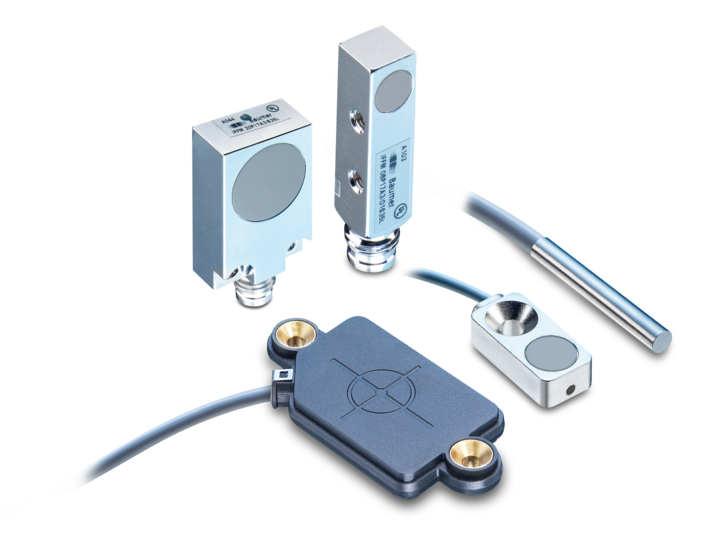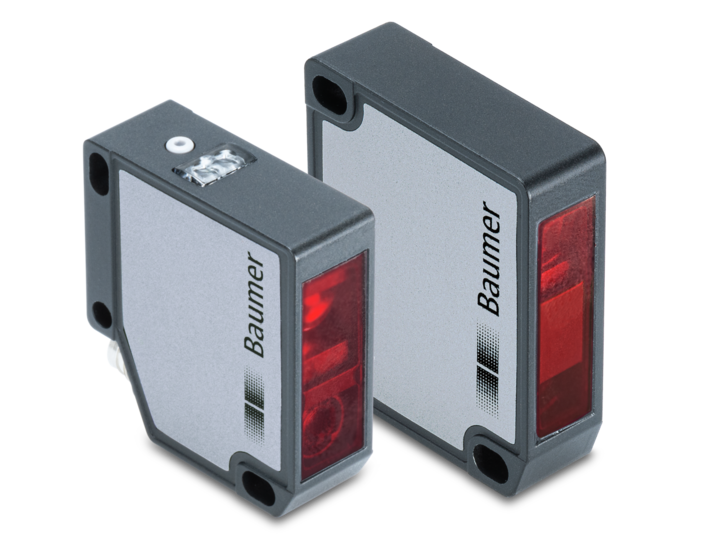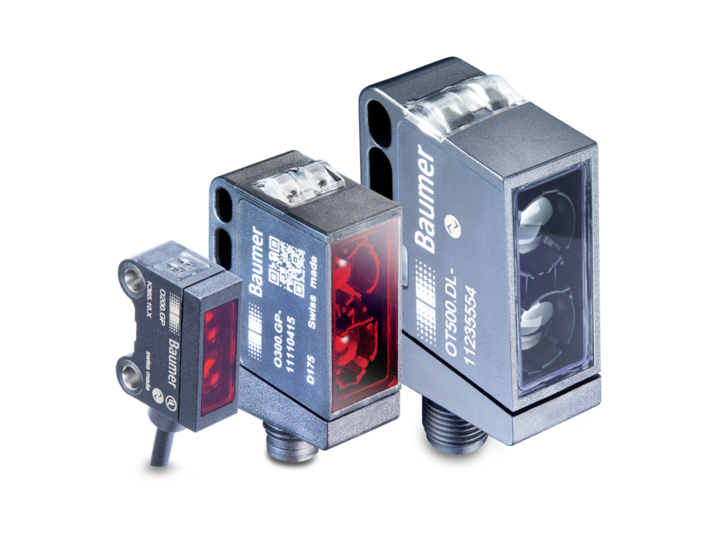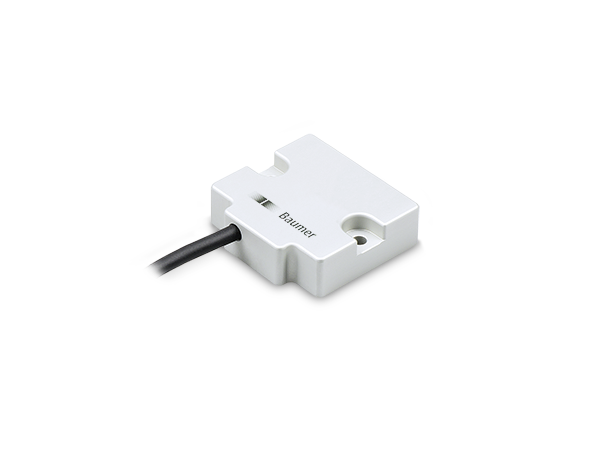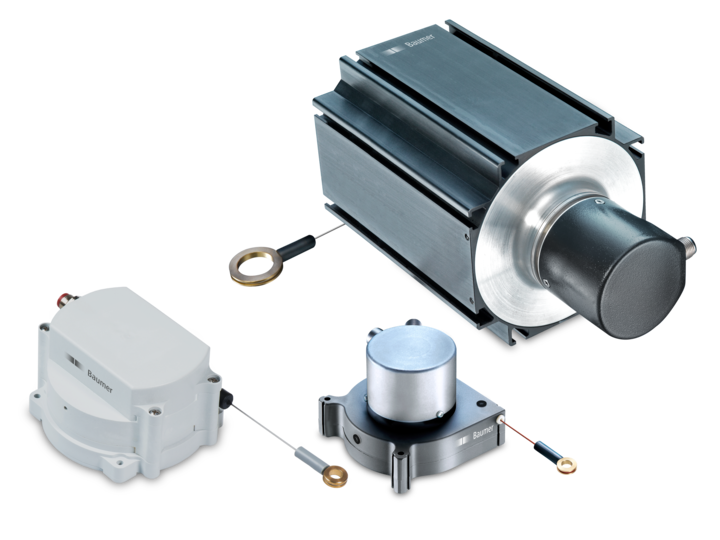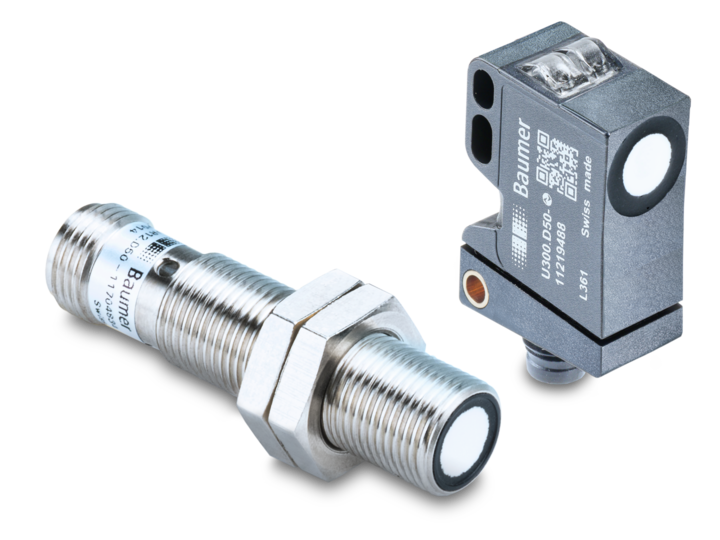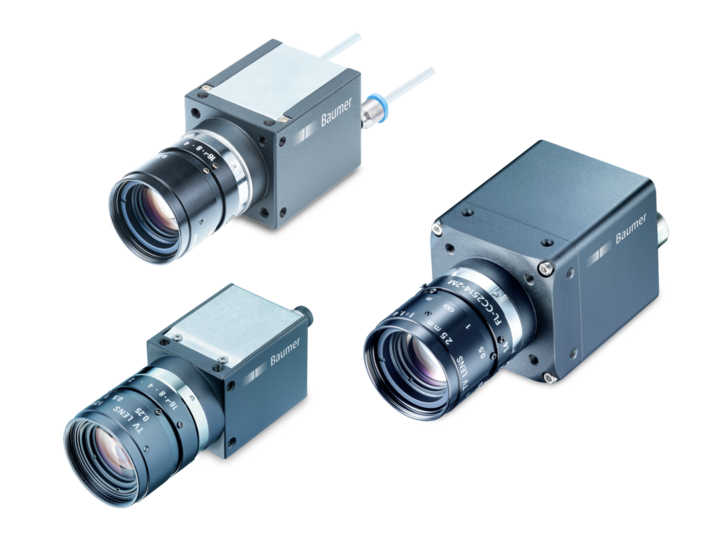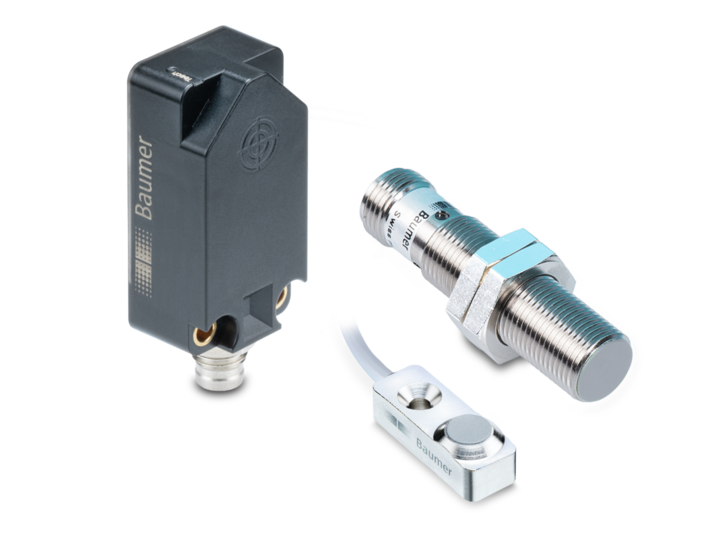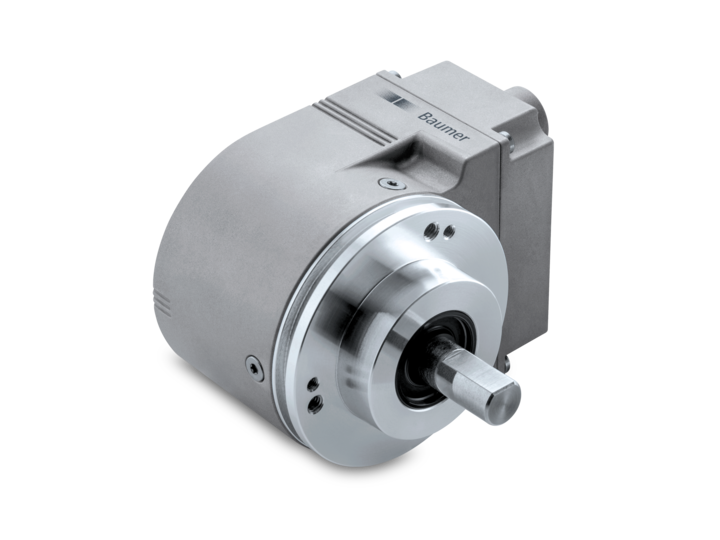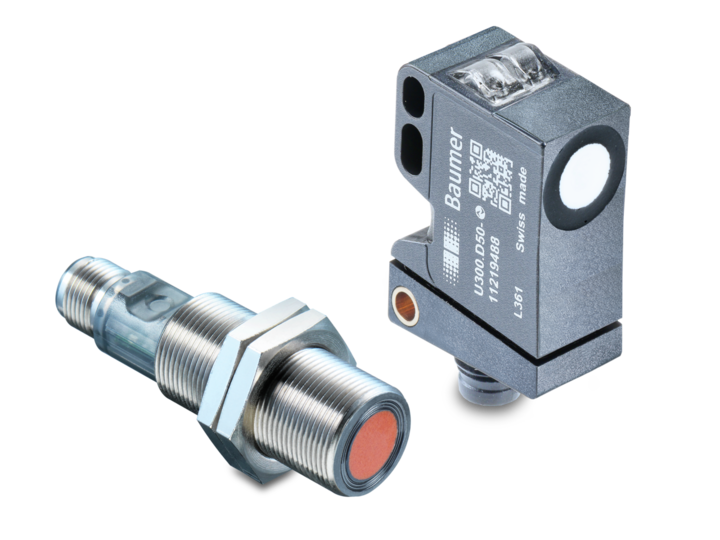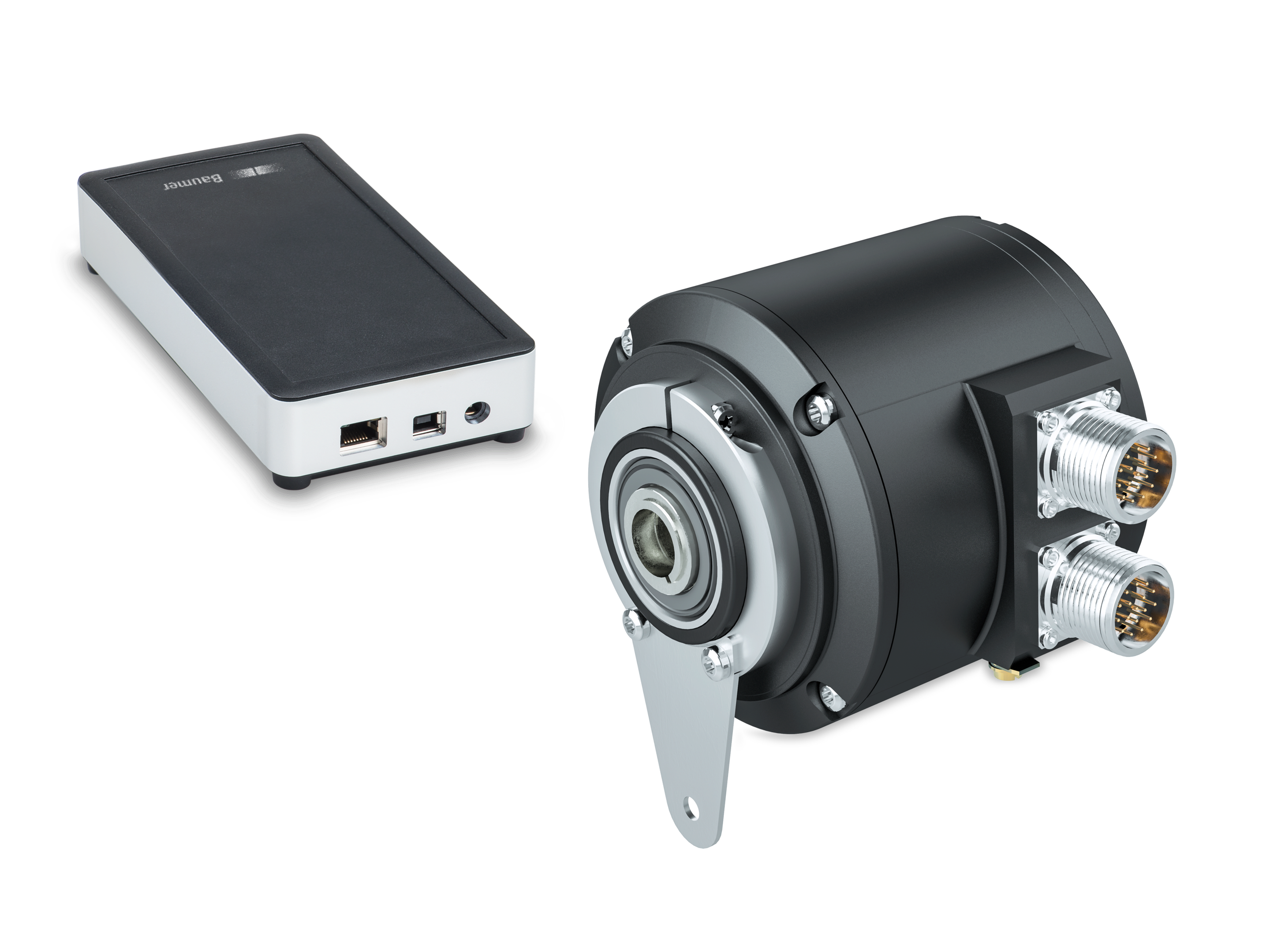Robust
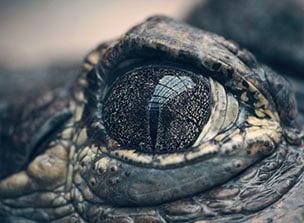
Did you know that the colloquial name in German for the crocodile literally means “armored lizard”? The name comes from its hard scale armor, which is made up of bone plates in the skin and covers the crocodile’s entire torso, tail and extremities. This coarse, armor-like skin not only covers the entire body, it also provides the crocodile with particularly robust protection in harsh environments.
Many Baumer products are also exceptionally robust and are better able to withstand demanding ambient conditions and loads. This applies to impermeability, temperature resistance, mechanical load capacity, hygiene requirements and much more besides.
Reliable
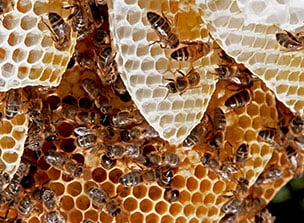
The bee is the busiest of creatures, flying reliably from flower to flower. The honey bee has around 60,000 odor receptors on its two antennae, which allow it not only to recognize a scent, but also to detect which direction the scent is coming from. Unlike wasps and bumblebees, honey bees operate a special form of cohabitation, which helps them to overwinter as a swarm in the beehive.
Our products are also known for their reliability. So even under difficult measuring conditions, they provide reproducible measured values, switching signals and results with high repeat accuracy. Influences such as the material of objects to be measured and ambient conditions such as light or temperature have a reduced impact on measurement results.
Precision
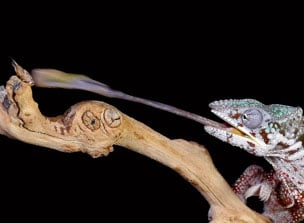
Did you know that a chameleon’s tongue produces a pulling force of some 0.4 Newtons and can reach one and a half times the length of the chameleon? The tongue shoots out in a tenth of a second. Despite this speed, the chameleon acts with such extraordinary precision that hardly any of its prey gets away.
Our precision is also unique. We have comprehensive, in-depth expertise in sensor physics, are proficient in the intelligent processing and preparation of sensor signals, supply cameras for high-precision inspection tasks, adjust our sensors to suit applications and consistently deliver high quality with ultra-precise measured values.
Compact
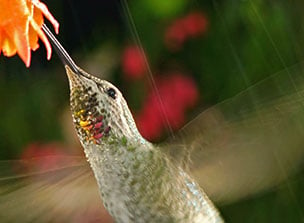
The hummingbird is the only creature that can hover on the spot and even fly backwards. It is the smallest and lightest of birds. Despite its size, it is the fastest vertebrate on the planet. The hummingbird is therefore the ultimate high flier. Did you know that the hummingbird can reach speeds of 60 mph on its courtship dive? That’s the equivalent of 385 times its body length per second. A peregrine falcon achieves speeds of only 200 times its body length.
All the same, our sensors can compete with the hummingbird. After all, they also offer high performance with compact dimensions. We are proficient in the integration of powerful functions in the smallest spaces and offer outstanding power density, allowing sensor technology to be optimally positioned in very compact solutions.
Usability
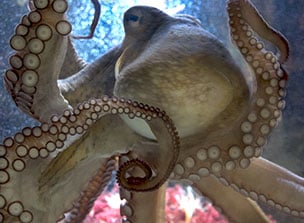
Octopuses are impressively sensitive and intelligent. They have eight arms, sometimes even ten, as well as three hearts and one brain, which extends from the creature’s head and out to its furthest extremities. Its brain works in the same way as having an Internet within the body. 500 million nerve cells, two thirds of which are in its limbs, mean the octopus is amazingly mobile and incredibly intelligent.
Our sensors are also intelligent. Their design, supporting information and operating functions make them easier to integrate, install and assemble as part of a system. They are also easy to adjust and configure for operation and maintenance.
Connected
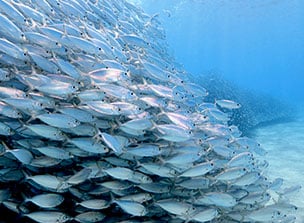
There is no hierarchy or leader in a shoal of fish. Shoals organize themselves – displaying a level of intelligence that far exceeds the abilities of the individual fish. In a shoal, for example, the fish will find food more quickly or defend themselves more effectively against predators. The alliance as a shoal is important for the cohesion of the group and works like an invisible elastic band holding the fish together.
Thanks to intelligent digital data processing, our sensors provide optimally prepared measuring results and additional information. They are simple to use and adjust and they communicate via standardized interfaces, which are easy to connect to one another.
